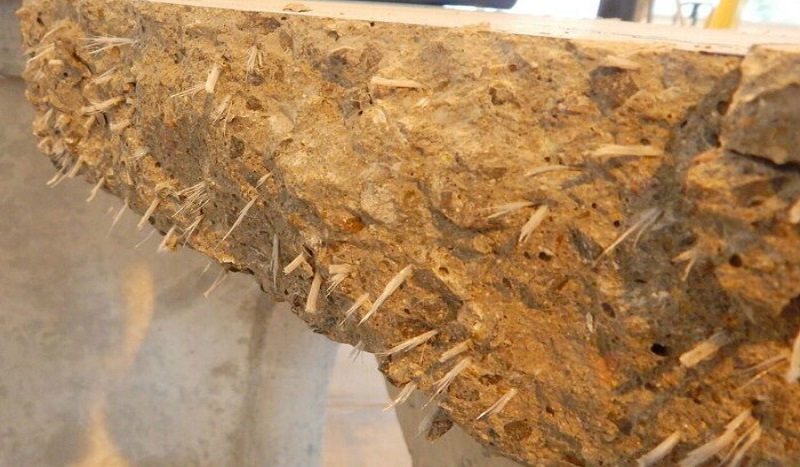

Finding substitutes for Portland cement is one of the most widely investigated means for raising the sustainability and efficiency of concrete production – from using copper slag to incinerated sludge as a replacement ingredient.
Instead of replacing Portland cement, researchers from James Cook University have teamed up with Queensland’s Fibercon to create a process for converting industrial plastic waste into an effective substitute for the steel matrices used in reinforced concrete.
“We’ve produced recycled polypropylene fibres from industrial plastic wastes,” said Dr. Rabin Tuladhar, who supervised the development of the technology by JCU PhD student Shi Yin. “With our improved melt spinning and hot drawing process we now have plastic fibres strong enough to replace steel mesh in concrete footpaths.”
The new technology solves two major environmental challenges; it disposes of industrial plastic waste by recycling it in concrete, dramatically reducing the carbon footprint of reinforced concrete by dispensing with the need to produce energy-intensive steel.
“Using recycled plastic, we were able to get more than a 90% saving on CO2 emissions and fossil fuel usage compared to using steel mesh reinforcing,” said Tuladhar. “The recycled plastic also has environmental advantages over using virgin plastic fibres.”
The technology has already earned plaudits from local industry, winning the Manufacturing, Construction and Innovation category at the 2015 Australian Innovation Challenge.





